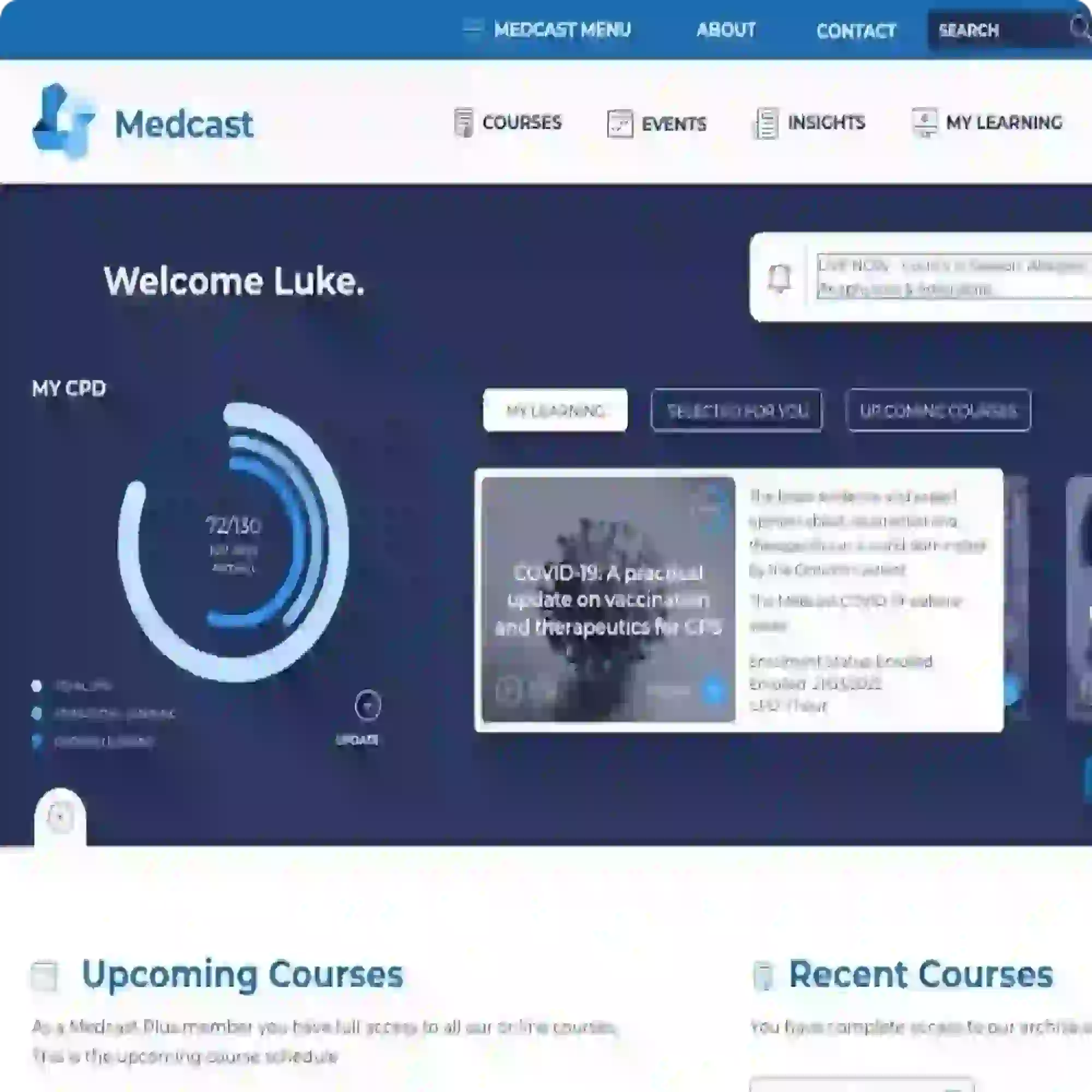Acute dental pain in adults - clinical fact sheet and MCQ
Overview
Acute dental pain is primarily inflammatory and arises from dental and orofacial conditions. The most common causes are:
-
odontogenic (tooth related): dental pulp inflammation (pulpitis) due to caries, loss of dental filling or dental trauma
-
periapical infection or inflammation, ie, surrounding region of the apex of the root
-
periodontal tissues - usually advanced periodontitis
-
pericoronal tissues - usually partially erupted mandibular third molars
-
post-extraction complications
Timely referral to a dentist is essential, as dental treatment is the most effective way to manage pain and address underlying pathology.
Diagnosis of acute dental pain
Lorem ipsum dolor sit amet, consectetur adipiscing elit. Maecenas eu odio in nibh placerat tempor ac vel mauris. Nunc efficitur sapien at nisl semper dapibus. Nullam tempor eros sed dui aliquam lacinia. Nunc feugiat facilisis ex.
Vestibulum ante ipsum primis in faucibus orci luctus et ultrices posuere cubilia curae; Maecenas mauris nibh, tempus sit amet erat vel, pellentesque maximus ipsum. Suspendisse dui nunc, porta ac ultricies id, sodales eu ante.
The Medcast medical education team is a group of highly experienced, practicing GPs, health professionals and medical writers.
Become a member and get unlimited access to 100s of hours of premium education.
Learn moreAchilles tendinopathy is a common cause of posterior heel pain and functional impairment. GPs are well-placed to coordinate care for these patients. This FastTrack fact sheet provides a concise summary of diagnosis and non-surgical management, including when to refer. Earn 30mins each RP and EA CPD with the quiz.
Over 3% of GP consultations in Australia involve skin lesions, yet many practices are billing these procedures incorrectly, putting themselves at risk of noncompliance or missing out on legitimate remuneration. This Business skills FastTrack explains the MBS item numbers pertaining to skin lesions for GPs, including eligibility criteria and practical tips.
Sarcoidosis is a chronic non-caseating granulomatous condition affecting multiple organ systems. This fact sheet contains what GPs need to know about risk factors, investigations, pharmacological and non-pharmacological management in primary practice, and when to refer. 30mins each of RP and EA CPD available with the quiz.
